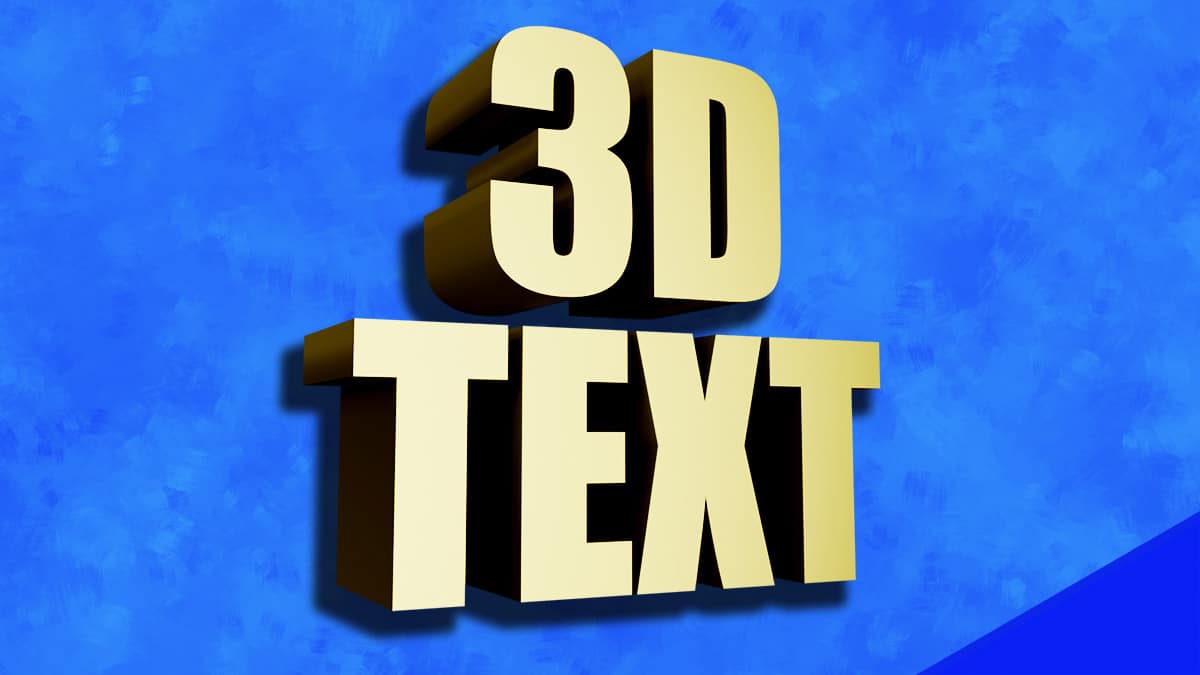Turning Words into 3D Magic: The Future of Text to 3D Technology
Turning Words into 3D Magic: The Future of Text to 3D Technology
Blog Article
Text to 3D is one of the most exciting innovations in the world of digital design and artificial intelligence. This technology allows users to create detailed 3D models just by describing them in simple words. Whether you're a designer, developer, student, or someone curious about Text to 3D design, this tool is making the process easier, faster, and more creative than ever before.

What is Text to 3D?
Text to 3D is a smart technology that uses artificial intelligence to turn written descriptions into 3D models. For example, if you type “a round wooden table with four legs,” the AI can generate a 3D version of that table in just a few seconds. It saves time, improves creativity, and helps users bring their ideas to life without needing advanced design skills.
Why Text to 3D is Gaining Popularity
One of the biggest reasons why text to 3D is becoming popular is because it simplifies the entire modeling process. In the past, creating a 3D object required complex software and a lot of time. Now, with the help of AI, even beginners can design professional-looking 3D assets using only natural language.
This opens doors for more people to get involved in 3D design, from students working on school projects to marketers creating product visualizations. It's also perfect for game developers, architects, and engineers who want to quickly visualize ideas without having to start from scratch.
Benefits of Text to 3D Technology
Saves Time and Effort
With just a few lines of text, users can generate accurate 3D models without needing to model every detail manually. This is great for people working on tight deadlines or creating prototypes quickly.
Increases Creativity
Because the tool is easy to use, users are encouraged to try new ideas and explore different designs. This leads to more creative freedom and innovation.
Improves Accessibility
Text to 3D makes advanced design tools accessible to more people. You don’t need to be an expert in 3D software anymore—just describe what you want, and the AI does the rest.
Enhances Collaboration
In creative teams, everyone can contribute ideas more easily. Designers, writers, and marketers can all use text to describe visuals, making teamwork smoother and more productive.
Real-World Uses of Text to 3D
Gaming
Game developers use text to 3D to create quick models of characters, environments, and props. This helps speed up the design process and test concepts early in development.
Education
Teachers and students can use text to 3D to create educational models for science, history, and more. It brings learning to life in an interactive and fun way.
Product Design
Businesses can turn product ideas into visuals instantly, helping with planning, marketing, and customer presentations.
Interior Design and Architecture
Designers can describe room layouts, furniture, or building elements and see them in 3D immediately. This helps in making design choices and presenting ideas to clients more clearly.
Popular Tools for Text to 3D
Some platforms making waves in this field include Luma AI, Kaedim, and Spline AI. These tools offer user-friendly interfaces and support for text-based design prompts. Many also allow exporting 3D files that can be used in games, websites, and virtual reality.
The Future of Text to 3D
As technology continues to evolve, text to 3D will become even more powerful. Future developments may include real-time collaboration, voice commands, and deeper integration with AR and VR platforms. This means users will soon be able to describe an idea and immediately interact with it in a virtual space.
Conclusion
Text to 3D is changing how we create and communicate visual ideas. It’s a powerful, easy-to-use tool that brings professional-quality design within reach for everyone. Whether you’re designing your first 3D object or streamlining your creative workflow, this technology is here to inspire, support, and transform your ideas into stunning 3D reality.
Report this page